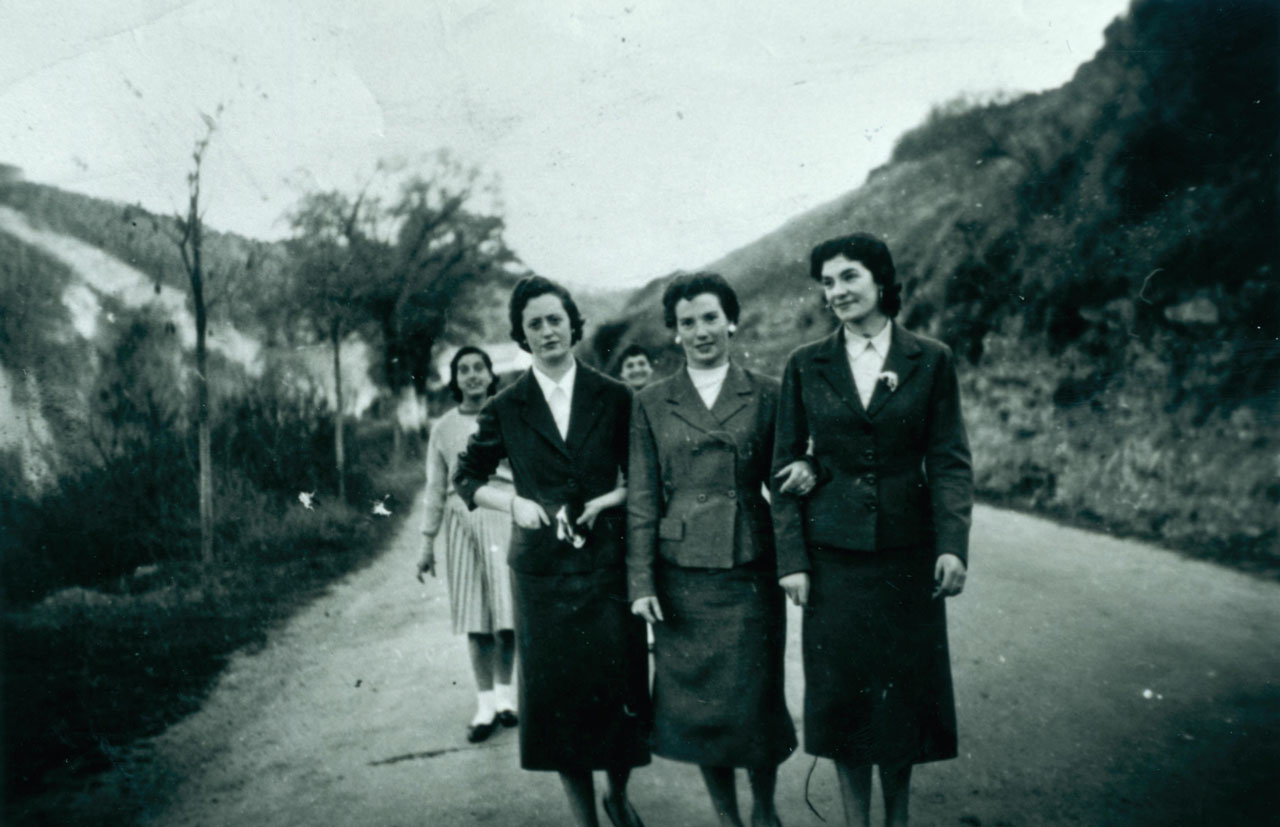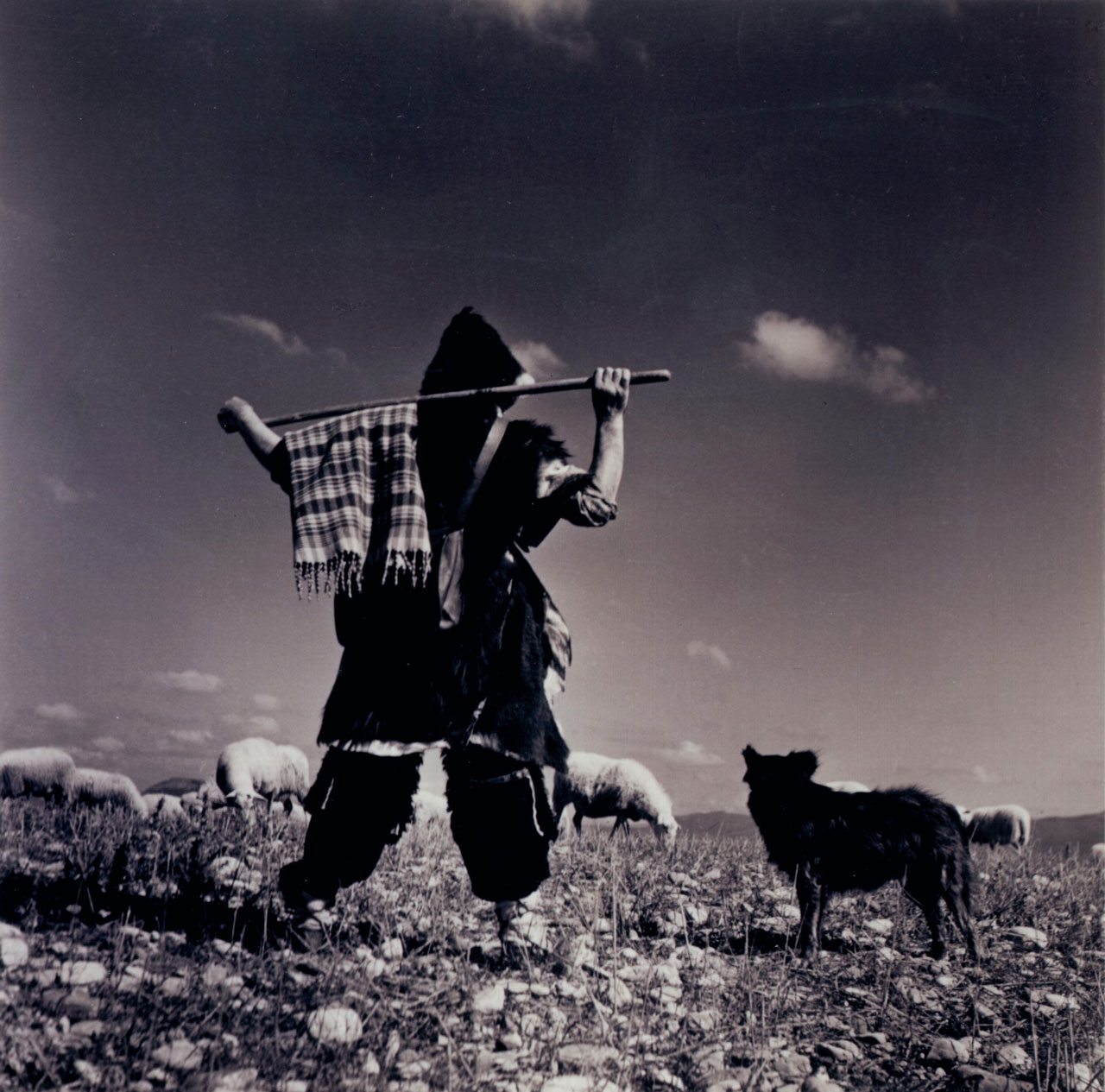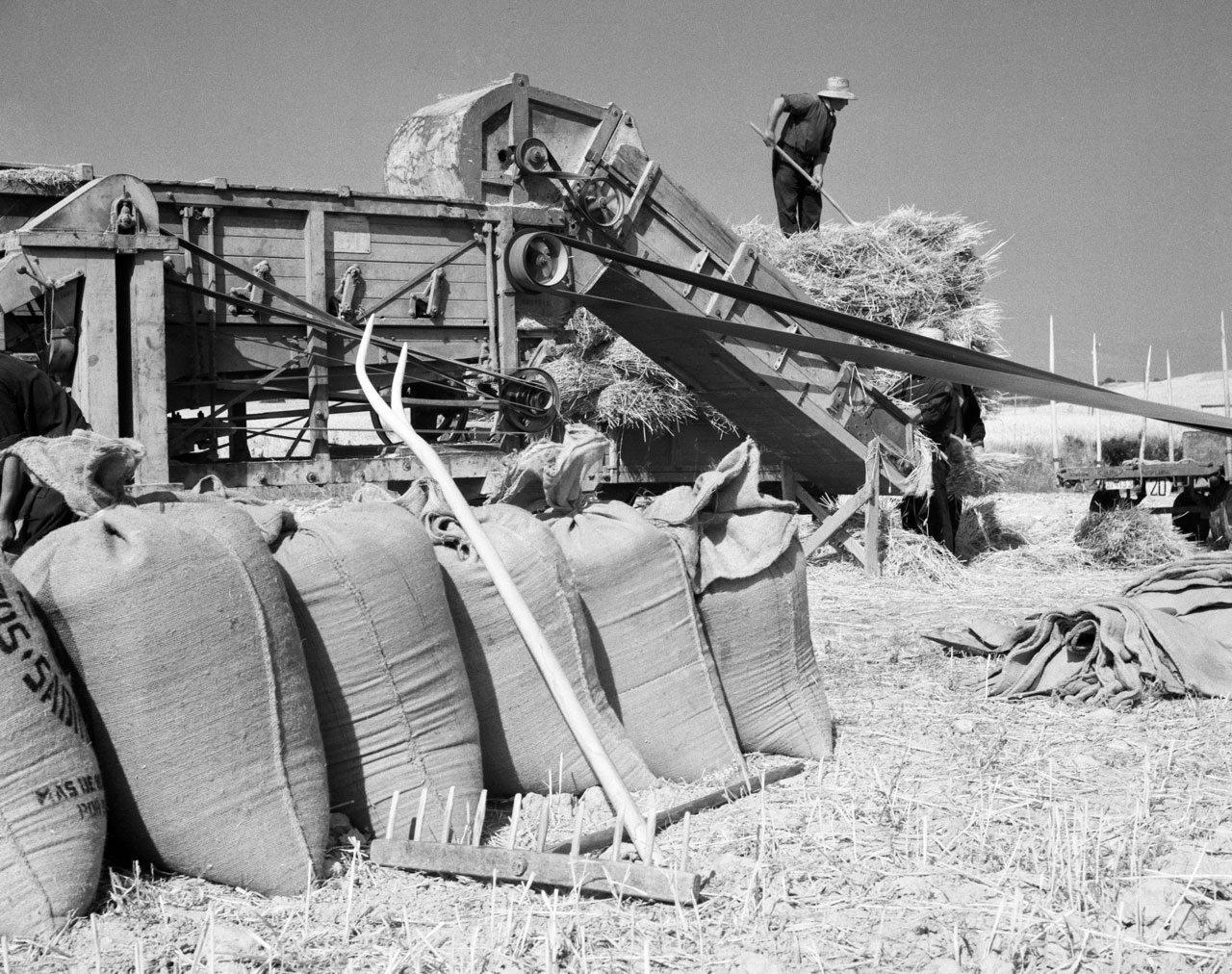Diferencia entre revisiones de «Main Page/en»
De Atlas Etnográfico de Vasconia
(Página creada con «====[/atlas/agricultura/Siega-de-trigo-Gesaltza-1950.jpg|Wheat harvest. Gesaltza (G), c. 1950. Source: Municipal Archive of Vitoria-Gasteiz: Enrique Guinea Collection.|Sats...») |
|||
| Línea 2: | Línea 2: | ||
<languages /> | <languages /> | ||
| − | |||
| − | |||
{{DISPLAYTITLE: Ethnographic Atlas of the Basque Country}} | {{DISPLAYTITLE: Ethnographic Atlas of the Basque Country}} | ||
Revisión actual del 16:55 11 mar 2020
Hearth, wood-burning stove and butane cooker. Neighbourhood of Aiuria (Muxika-B), 2011. Source: Segundo Oar-Arteta, Etniker Euskalerria Groups.
House and Family in the Basque Country


House and Family in the Basque Country
Etxe onak, txingar ona. A good fire in a good home.
Family Diet in the Basque Country


Family Diet in the Basque Country
Ogi erre berri, etxe galgarri. Soft bread at home, an unruly household.
Vegetal clothing and accessories. Egozkue (N), 1967. Source: José Zufiaurre, Etniker Euskalerria Groups.
Children’s Games in the Basque Country


Children’s Games in the Basque Country
Akerrak adarrak okerrak ditu, adarrak okerrak akerrak ditu, okerrak adarrak akerrak ditu. Tongue-twister
Traditional Medicine in the Basque Country


Traditional Medicine in the Basque Country
Baratxuria, hamalau gaitzen kontra. Garlic cures all ills.
Rites from Birth to Marriage in the Basque Country


Rites from Birth to Marriage in the Basque Country
Neskazaharrak joaten dira Madalenara, santuari eskatzera senar on bana. Folk song
Funeral Rites in the Basque Country


Funeral Rites in the Basque Country
Each homestead used to have a burial site inside the church’s nave. When burials were transferred to cemeteries, the once real burial site in church became a symbolic family grave, were offerings of light and bread were made to their dead.
Shepherd wearing a cape. Eriete (N), 1959. Source: Archive of the Museum of Navarre: Nicolás Ardanaz Collection.
Livestock Farming and Shepherding in the Basque Country


Livestock Farming and Shepherding in the Basque Country
Nolako artzaina, halako artaldea. Every animal ends up looking like their master.
Agriculture in the Basque Country


Agriculture in the Basque Country
Maiatz luzea, gosea; garagarrilak ekarriko du asea. A very wet May, much straw and little grain.
,-2011.jpg)







